Any chill hours vs bloom observations?
fruitnut Z7 4500ft SW TX
11 years ago
Related Stories
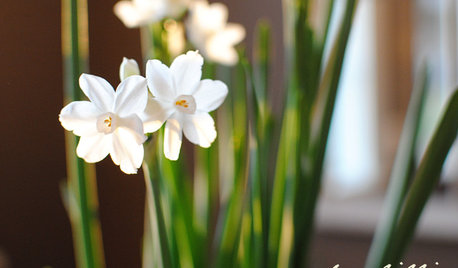
DECORATING GUIDESTreat Yourself to Spring Blooms in Winter
Get a jump on spring with a fragrant pot of paperwhites and other bulbs indoors
Full Story
GARDENING GUIDESTop 12 Summer-Blooming Perennials for Deer-Resistant Drama
Can you have garden color, fragrance and exciting foliage with hungry deer afoot? These beauties say yes
Full Story
LIFEYou Said It: ‘It’s Important to Wait’ and More Houzz Quotables
Design advice, inspiration and observations that struck a chord this week
Full Story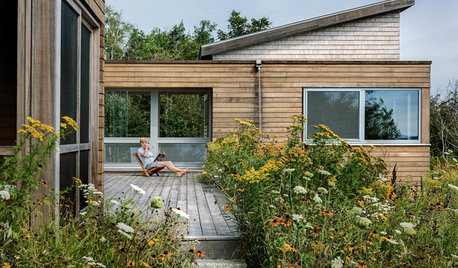
GARDENING GUIDES3 Ways to Revel in Summer Garden Sweetness
Patiently observe what works and doesn’t work in your landscape
Full Story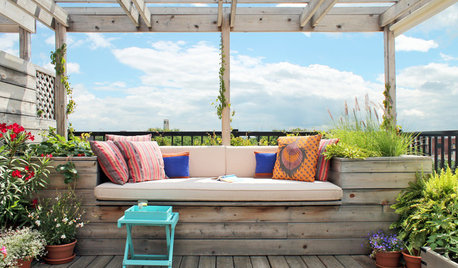
MY HOUZZLounge Spaces That Keep the Party Going Outside
Sink into these 10 cushy and chill outdoor entertaining spaces by design-savvy homeowners
Full Story
EDIBLE GARDENSHow to Grow Your Own European and Asian Pears
Try these trees for their good looks, delicious fruit and wide range of sizes — plus you can espalier them
Full Story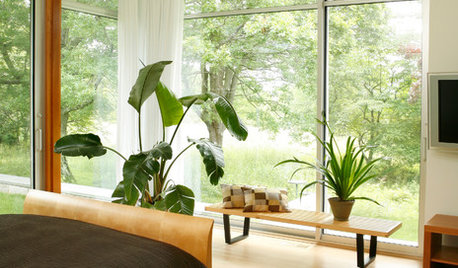
DECORATING GUIDESCreate Your Own Shangri-la With Bird of Paradise Plants
Quintessentially tropical, this broad-leaved beauty can transform bland interiors in the batting of a frond
Full Story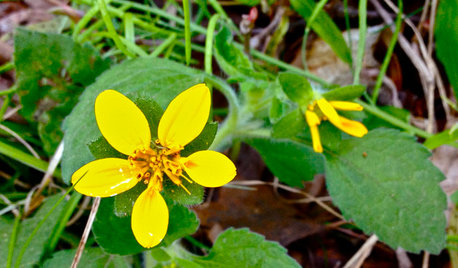
GARDENING GUIDESGreat Design Plant: Chrysogonum Virginianum
This tough ground cover brightens partly shady Eastern gardens with a carpet of golden flowers in midspring
Full Story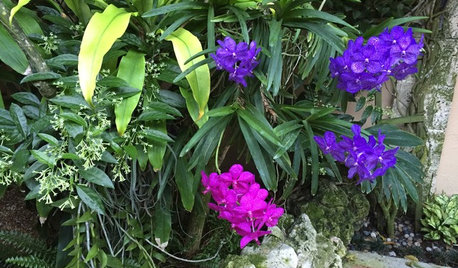
INSPIRING GARDENSThe Garden That Orchids Built
The owners of a famous orchid nursery create a sanctuary for themselves in South Florida
Full Story
GARDENING GUIDESAttract Hummingbirds and Bees With These Beautiful Summer Flowers
Roll out a welcome mat for pollinators to keep your landscape in balance and thriving
Full Story





Bradybb WA-Zone8
Kevin Reilly
Related Professionals
Leawood Landscape Architects & Landscape Designers · Lowell Landscape Architects & Landscape Designers · South Elgin Landscape Architects & Landscape Designers · Winder Landscape Architects & Landscape Designers · Norwood Landscape Contractors · Waterbury Landscape Contractors · Florham Park Landscape Contractors · Longview Landscape Contractors · Los Banos Landscape Contractors · Mahwah Landscape Contractors · Mastic Beach Landscape Contractors · Metairie Landscape Contractors · Olympia Landscape Contractors · Pompano Beach Landscape Contractors · Salem Landscape Contractorsecon0003
ahajmano
Doglips
fruitnut Z7 4500ft SW TXOriginal Author
franktank232
fruitnut Z7 4500ft SW TXOriginal Author
franktank232
fruitnut Z7 4500ft SW TXOriginal Author
MrClint
AJBB
applenut_gw
econ0003
Raw_Nature
applenut_gw
fruitnut Z7 4500ft SW TXOriginal Author
MrClint
applenut_gw
econ0003
fruitnut Z7 4500ft SW TXOriginal Author
AJBB
MrClint
Doglips
applenut_gw
Raw_Nature
econ0003
Doglips
applenut_gw
fruitnut Z7 4500ft SW TXOriginal Author
ahajmano
econ0003
blueboy1977
applenut_gw
yukkuri_kame
Doglips
happyballz
fruitnut Z7 4500ft SW TXOriginal Author
econ0003
Doglips
blueboy1977
yukkuri_kame
Doglips
NilaJones
carolync1
hoosierquilt USDA 10A Sunset 23 Vista CA
fruitnut Z7 4500ft SW TXOriginal Author
hoosierquilt USDA 10A Sunset 23 Vista CA
applenut_gw
applenut_gw